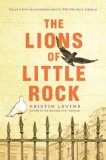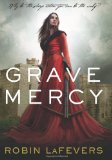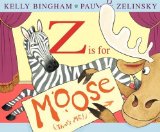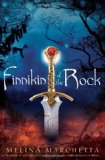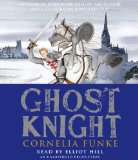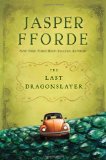Review of Penny and Her Doll, by Kevin Henkes
by Kevin Henkes
Greenwillow Books, 2012. 32 pages.
Starred Review
I love that Kevin Henkes is writing beginning readers, and I love that he’s brought out another book about Penny. The only thing I don’t like? Now that two are both published in 2012, they can’t both win the Geisel Award.
When I heard Kevin Henkes speak at ALA Midwinter Meeting, he said that the Penny books were designed to be a progression, and indeed Penny and Her Doll has three chapters, where Penny and Her Song had only two. It’s a slightly — very slightly — more complicated story and one that comes around back to the beginning.
Penny is out in the garden with her mother as the book opens. Her mother is weeding, and Penny is smelling flowers.
“The roses are my favorites,” said Penny.
“I do not have a favorite weed,” said Mama.
While they are in the garden, the mailman comes with a package for Penny from Gram. It is a doll, and Penny loves the doll as soon as she sees it.
But the doll needs a name. Everyone in their family has a name, and the doll needs one. So Penny spends the rest of the book looking for a name for her new doll. Adults will not be the least surprised at the name Penny chooses, but children will be delighted to guess before Penny comes up with it.
It was the first book that made me completely fall in love with Penny, since I definitely have a soft spot for a little girl who sings around her house. But this one keeps that love going. And I love Penny’s parents, so understanding and helpful and supportive. They suggest, but they don’t solve Penny’s problems for her.
And I love the way Kevin Henkes supports beginning readers with his repetitive structure, which seems entirely natural and adds to the story. For example:
“What if I can’t think of a name?”
said Penny.“You will,”
said Mama.“You will,”
said Papa.Penny tried and tried
to think of a name for her doll.
And I should add that the first time Mama and Papa each say “You will,” there’s a small picture of them next to their words. Simply every detail in this book builds toward a child’s success in reading.
I’m definitely looking forward to the third planned book about Penny, Penny and Her Marble.
KevinHenkes.com
harpercollinschildrens.com
Find this review on Sonderbooks at: www.sonderbooks.com/Picture_Books/penny_and_her_doll.html
Disclosure: I am an Amazon Affiliate, and will earn a small percentage if you order a book on Amazon after clicking through from my site.
Source: This review is based on a library book from the Fairfax County Public Library.
Disclaimer: I am a professional librarian, but I write the posts for my website and blogs entirely on my own time. The views expressed are solely my own, and in no way represent the official views of my employer or of any committee or group of which I am part.

